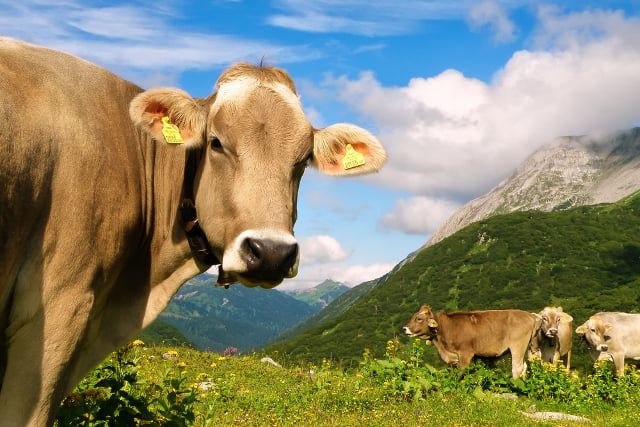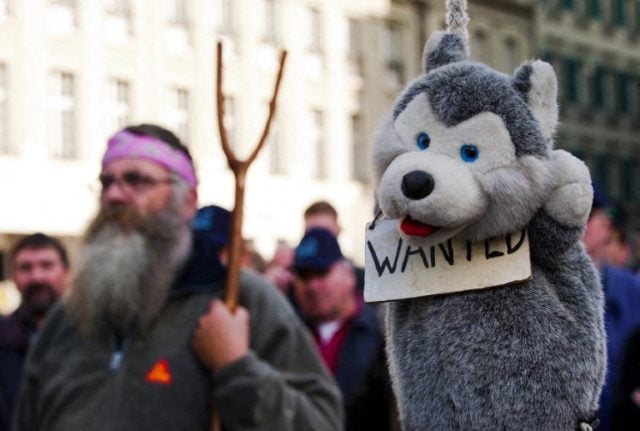Switzerland’s 700,000 or so cows are super producers, providing twice as much milk as they did in the 1960s.
But a decades-long emphasis on larger animals and maximum efficiency has taken a toll on the animals’ health and on the environment, breeding organizations say.
Swiss cows are growing at a rate of 0.3 centimetres a year. Some are more than 1.6 metres in height and weigh a hefty 800 kilograms.
The result is health problems for the cows, an increased need for feed and nutritional supplements to provide enough energy for the bigger animals, and individuals that are too heavy for Switzerland's fragile alpine pastures.
There’s another problem too, as animal husbandry teacher Michael Schwarzenberger explains: “Many stalls were built 25 to 30 years ago and were designed for the animals that were around at that time.”
This is a particular problem when the cows try and lie down, he told Swiss news agency SDA.
To fight the problem of oversized cows, the lobby group IG Neue Schweizer Kuh is calling for smaller and leaner cows with less of an appetite.
Switzerland actually set a course for more ecological production in the 1990s with the emphasis on smaller animals, said group spokesman Hans Rüssli.
But he said farmers decide for themselves what suits their business interests, he said.
Read also: Swiss farmers left puzzled after cows throw themselves off cliff



 Please whitelist us to continue reading.
Please whitelist us to continue reading.